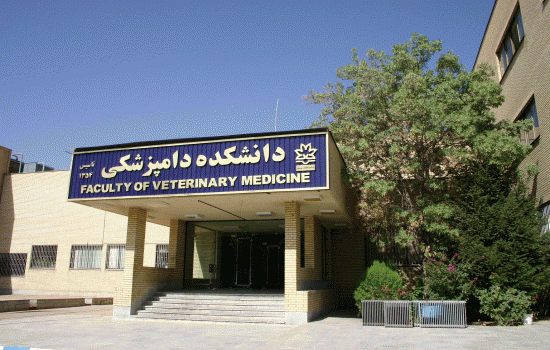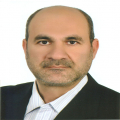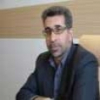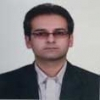|
The Faculty of Veterinary Medicine was established in 1975. Currently, this long-established faculty enjoys the cooperation of 56 Academic members (15 Professors, 19 Associate Professors, and 22 Assistant Professors), 10 lab technicians, and 31 employees and accepts Iranian as well as international students in Doctor of Veterinary Medicine, DVSc/PhD, and Master of Science (MSc) programs. Fields of Study in the Faculty of Veterinary Medicine The following academic fields and programs are offered and run at this faculty: Doctor of Veterinary Medicine Fields of study at MSc level: Veterinary Parasitology, Histology, Bacteriology, Immunology, Clinical Biochemistry and Food Hygiene and Quality Control. Fields of study at DVSc/PhD level: Veterinary Physiology, Obstetrics and Animal Reproduction, Food Hygiene, Veterinary Surgery, Large Animals Internal Medicine, Comparative Histology, Veterinary Parasitology, Immunology, Veterinary Anatomy and Comparative Embryology, Veterinary Pathology, Poultry Health and Diseases, and Bacteriology The Departments of the Faculty constitute 1. Basic Sciences, 2. Pathobiology, 3. Microbiology, 4. Food Hygiene and Quality Control, 5. Internal Diseases and Clinical Pathology, 6. Obstetrics and Poultry, and 7. Surgery and Diagnostic Imaging. Veterinary Clinic and Hospital This educational, research, clinical, and service-based complex was founded in 1995 which is located in the 3rd KM of Urmia-Salmas Road. It is considered as one of the unique specialized centers in the diagnosis and treatment of the livestock and poultry diseases in the North West of Iran. Most of the activities of the Departments of Surgery and Diagnostic Imaging, Internal Diseases and Clinical Pathology, and Obstetrics and Poultry are conducted at this well-equipped complex. This first class research premise contains separate sections for large and small animals’ internal medicine, surgery and radiology of large and small animals, obstetrics and reproduction diseases, poultry, and clinical pathology. Performing elaborate and complicated surgeries on the abdominal cavity and soft tissues as well as orthopedic surgeries on a wide range of livestock, radiography, sonography, echochardiography and endoscopy are some of the daily and routine activities in this complex. Central Laboratory In addition to the specialized laboratories of each department, this faculty also has a central laboratory equipped with a plethora of cutting edge laboratory equipment and plays a pivotal role in providing research services to the undergraduate and graduate students of the faculty, university, and other research centers in the province. |





